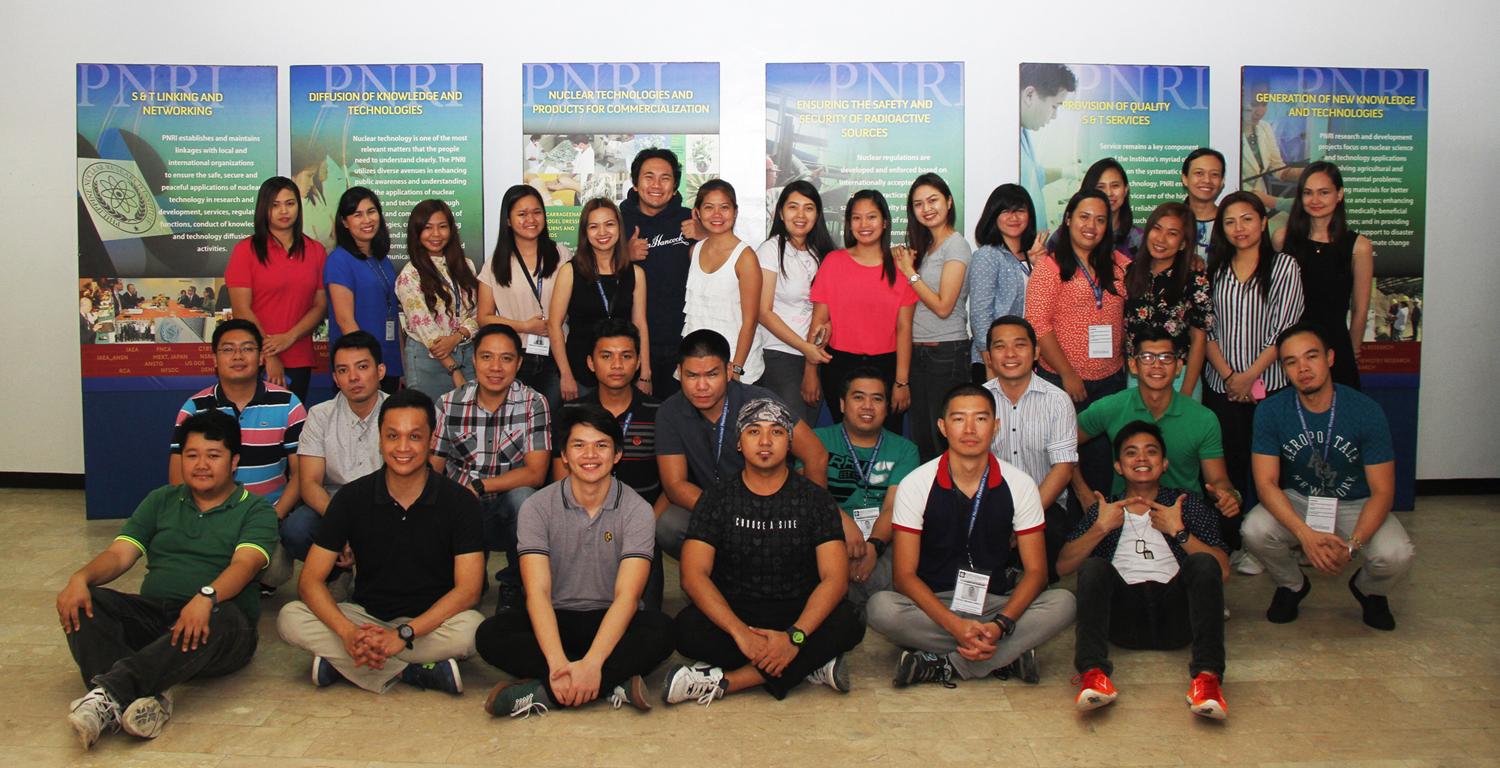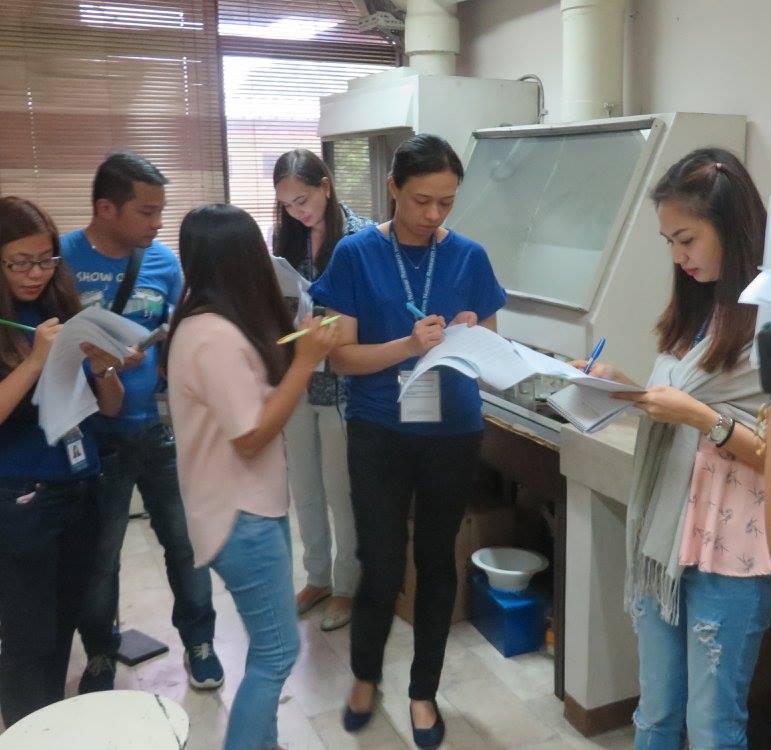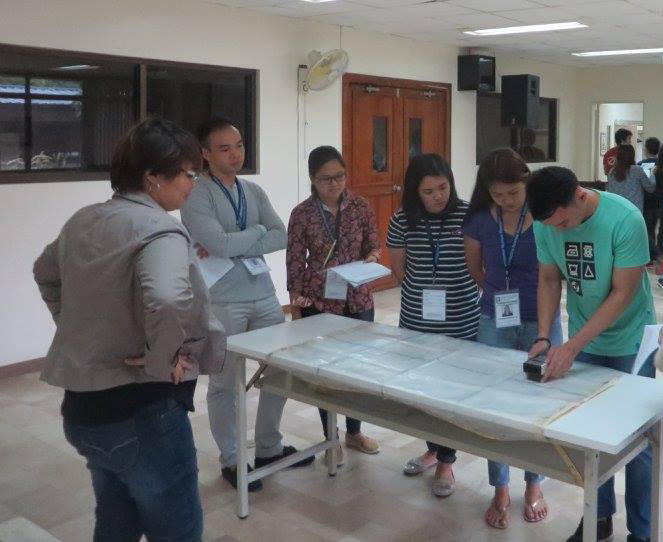
Participants of the 6th Course on Medical Use of Radioisotopes (CMR) and the 3rd Course on Radioisotope Techniques (CRT)


The trainees participate in an exercise on radiation survey and protection at the PNRI Nuclear Training Center
Medical Professionals from the Provinces Study Radioisotope Applications
Riding on the government’s thrust to bring progress to the country’s various regions, medical professionals from Mindanao, Visayas and other provinces beyond Metro Manila were among those who completed the 6th Course on Medical Use of Radioisotopes (CMR) and the 3rd Course on Radioisotope Technology (CRT) at the Department of Science and Technology – Philippine Nuclear Research Institute (DOST-PNRI) on 5-30 September 2016.
The training course was conducted by the PNRI Nuclear Training Center (NTC). Experts from PNRI and partner agencies lectured on nuclear science and technology on the use of radioisotopes in the medical field as well as the equally important aspect of radiation protection, nuclear safety and security.
Of the 27 trainees for the CMR, around half were from provincial hospitals and medical centers, many of which are either new or prospective licensees of PNRI. Participants came from major cities in Luzon, Visayas, Mindanao, and Metro Manila. Successful completion of the CMR is one of the requirements for designation as Radiation Safety Officer (RSO) , and consequently, for fulfilling of regulatory requirements for radiation safety in nuclear medical centers and hospitals.
Meanwhile, five researchers and staff members from PNRI participated in the CRT. While the CMR focuses on medical applications of nuclear and radiation technologies, CRT focuses on the nuclear applications in agriculture, industry, environment protection, healthcare, and research.
Common topics that were taught to participants in the CMR and CRT were nuclear physics, radiation chemistry, use of monitoring instruments, biological effects of ionizing radiation, basic principles of radiation protection and nuclear regulation.
Midway through the courses, separate classes were held for the CMR and the CRT. The medical course included lectures and demonstrations on calibration of monitoring instruments, radiation therapy, cellular radiobiology, radioimmunoassay, cytogenetics, radiopharmaceuticals, nuclear medicine, and positron emission tomography. On the other hand, the CRT participants learned about radiation and radioisotope applications in agriculture, industry, geology and environmental research, food irradiation and radiation processing of other products. The participants were also introduced to PNRI’s state-of-the-art equipment through experiments on gamma spectrometry, liquid scintillation counting, and x-ray fluorescence analysis.
Visits to the Philippine General Hospital, particularly its linear accelerator, radiation therapy and brachytherapy facilities and to several PNRI facilities, such as the semi-commercial Cobalt-60 Multipurpose Irradiation Facility, the Electron Beam Irradiation Facility, the Technetium-99m Generator Facility and the Philippine Research Reactor – 1, enhanced the learning experiences of the participants.
Formerly the Radioisotope Techniques Training Course (RTTC) with iterations for medical personnel and general training, the new CMR and CRT courses reflect PNRI’s continuing efforts to improve and update the knowledge and skills of professionals engaged in the use of radioisotopes in their respective fields. The first RTTC was held on April 1959, and was one of the first human resources development program in nuclear science and technology in the country.
At the course culmination, participants presented case studies which aim to assess the comprehension of knowledge gained in the course as applied to their particular practice.












































